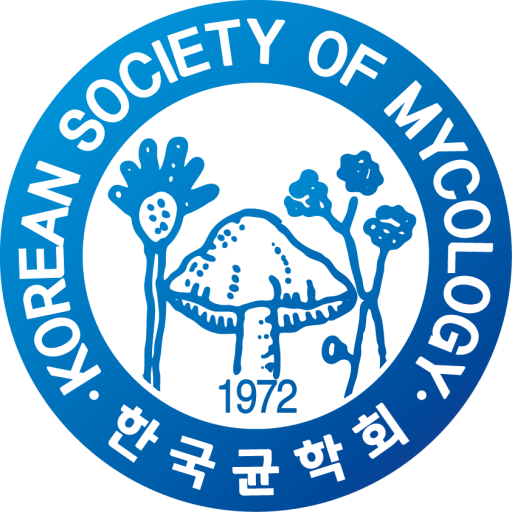Arthrographis abieticola sp. nov. and Chloridium chlamydosporum: Two Fungal Strains Isolated from Soil in Korea
So-Jeong Ye1, Seong-Keun Lim1, Yeon-su Jeong1, Chung-Hyun Lee1, Ji-Yeong Jang1, Leonid N. Ten2, Seung-Yeol Lee1,2, Hee-Young Jung1,2*
1Department of Plant Medicine, Kyungpook National University, Daegu 41566, Korea
2Institute of Plant Medicine, Kyungpook National University, Daegu 41566, Korea
*Email: heeyoung@knu.ac.kr
Strains KNUF-21-045 and KNUF-21-010 were collected from Jeonbuk and Gyeongnam, respectively, and identified as Arthrographis abieticola sp. nov. and Chloridium chlamydosporum. Each species was identified through molecular, morphological, and physiological analyses. For KNUF-21-045, colonies were pale and pinkish to salmon on potato dextrose agar, and the strain grew from 15 to 42°C. Microscopically, the fungus exhibited hyaline, septate hyphae; simple to weakly differentiated conidiophores; terminal and intercalary chlamydospores; and broad conidiogenous hyphae producing arthroconidia. Phylogenetic analyses of the internal transcribed spacer (ITS) regions, the large-subunit rRNA (LSU), and the actin (ACT) gene placed the isolate near A. arxii and A. globosa but as a distinct, strongly supported lineage. These molecular, morphological, and physiological data support recognition Arthrographis abieticola sp. nov.. For KNUF-21-010, after 4 weeks of incubation at 25°C, colonies measured 58.4–64.2 mm in diameter on potato carrot agar and 68.0–72.4 mm on oatmeal agar. Microscopically, brown and unbranched conidiophores; hyaline to pale brown hyphae; obovate to ellipsoidal conidia; and globose to subglobose chlamydospores were observed, consistent with the diagnostic features of Chl. chlamydosporum. BLAST searches of ITS, LSU and translation elongation factor 1-alpha sequences showed more than 99% of similarity to Chl. chlamydosporum, and phylogenetic analyses recovered a strongly supported clade with that species. Based on cultural traits, morphology, and multilocus phylogeny, strain KNUF-21-010 is identified as Chl. chlamydosporum, representing the first record of this species in Korea.

 English
English